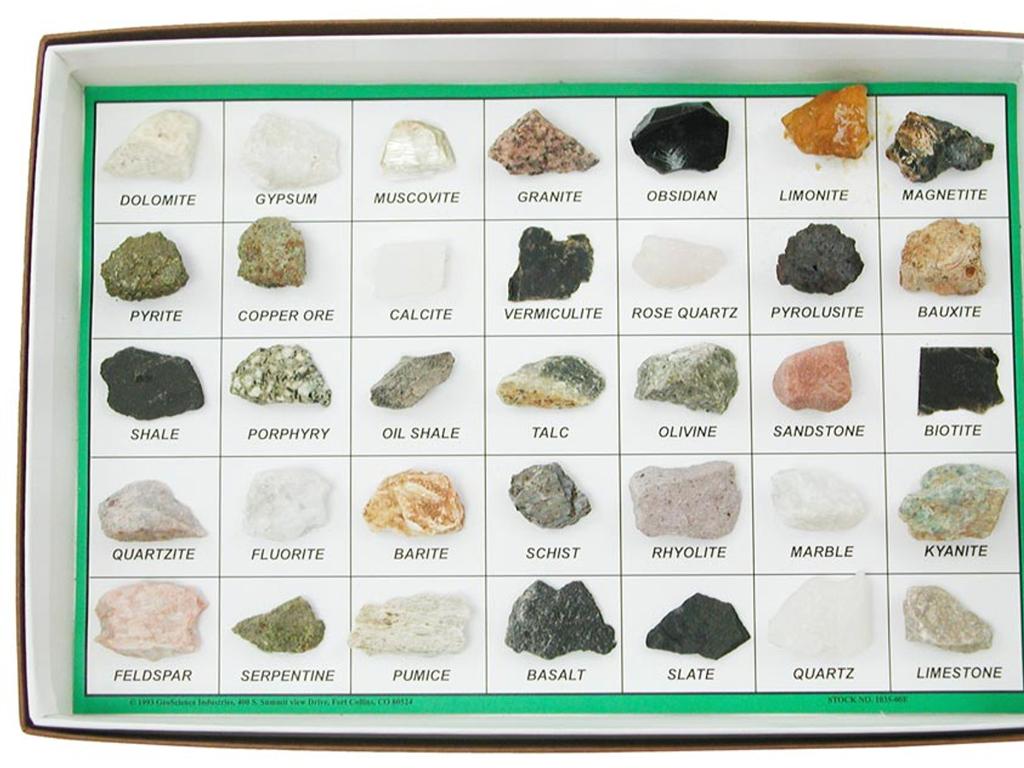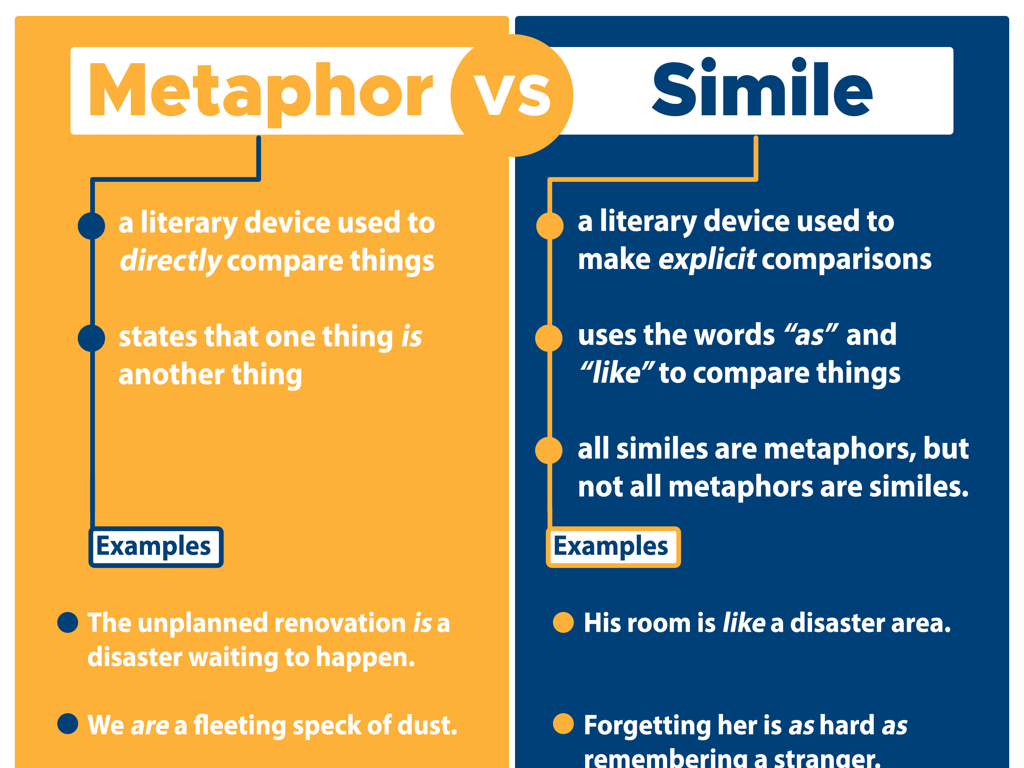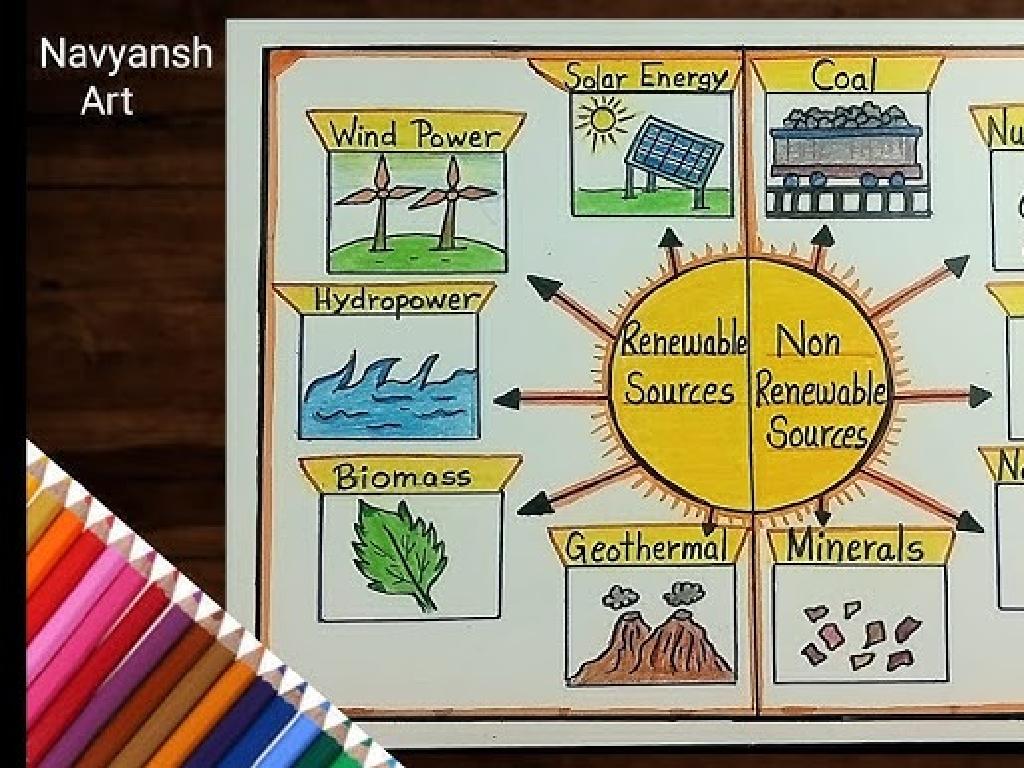Multi-Step Inequalities With Decimals
Subject: Math
Grade: Seventh grade
Topic: Operations With Decimals
Please LOG IN to download the presentation. Access is available to registered users only.
View More Content
Introduction to Multi-Step Inequalities
– Understanding inequalities
– An inequality shows the relationship between two values.
– Recap decimal operations
– Review addition, subtraction, multiplication, division with decimals.
– Inequalities in real life
– Budgeting money, scoring in games show inequalities.
– Solving multi-step inequalities
– Combine knowledge of decimals and inequalities to solve problems.
|
This slide introduces the concept of multi-step inequalities with decimals, starting with a basic understanding of what inequalities are and their importance in mathematics and real life. Emphasize that inequalities are like equations but with greater than, less than signs instead of an equal sign. Recap operations with decimals as they are crucial for solving these inequalities. Provide real-life examples where inequalities are applicable, such as budgeting or sports scoring, to make the concept relatable. Finally, guide students on how to apply their knowledge of decimal operations to solve multi-step inequalities, preparing them for more complex problem-solving.
Understanding Multi-Step Inequalities
– Define multi-step inequalities
– An inequality solved through multiple steps, involving decimals.
– Importance of step-by-step solving
– Correct order of operations ensures accurate solutions.
– Compare to single-step inequalities
– Multi-step require more operations than single-step which usually need one operation.
– Practice with decimal operations
– Applying addition, subtraction, multiplication, and division with decimals.
|
This slide introduces students to multi-step inequalities, which are inequalities that require more than one operation to solve. Emphasize the importance of following the correct order of operations to reach the correct solution. Compare and contrast multi-step inequalities with single-step inequalities to highlight the additional complexity and the need for a systematic approach. Use examples with decimals to illustrate how operations with decimals are integrated into solving these inequalities. Encourage students to practice with problems involving decimals to build their confidence and understanding of the topic.
Solving Inequalities with Decimals
– Identify the inequality steps
– Isolate the variable
– Get the variable on one side by adding or subtracting terms
– Combine like terms
– Combine terms that are similar for simplification
– Solve with decimal operations
– Use addition, subtraction, multiplication, or division with decimals to find the solution
|
This slide is aimed at guiding seventh-grade students through the process of solving inequalities that include decimal numbers. Start by identifying the inequality and the steps required to solve it. Emphasize the importance of isolating the variable on one side of the inequality, which may involve combining like terms. This step simplifies the inequality, making it easier to solve. Next, demonstrate how to perform operations with decimals – addition, subtraction, multiplication, and division – to find the variable’s value. Provide examples with different operations and encourage students to practice these steps with various inequalities to build their confidence and proficiency.
Solving Multi-Step Inequalities with Decimals
– Read and highlight key points
– Identify the inequality, constants, and variables
– Outline steps to solve inequality
– List operations needed to isolate the variable
– Solve the inequality step-by-step
– Apply inverse operations to both sides
– Check and verify the solution
– Substitute a value to ensure the inequality holds true
|
This slide is aimed at guiding students through the process of solving a multi-step inequality with decimals. Start by reading the problem carefully and highlighting the key information such as the inequality sign, constants, and variables. Next, write down a step-by-step plan to solve the inequality, which includes operations like addition, subtraction, multiplication, or division. Work through each step together as a class, applying inverse operations to both sides of the inequality to isolate the variable. After obtaining the solution, check the work by substituting a value into the original inequality to ensure it makes sense. Encourage students to ask questions and discuss each step to reinforce their understanding.
Solving Multi-Step Inequalities with Decimals
– Comprehend the inequality
– Read carefully and identify the decimal values and inequality signs.
– Execute the solving steps
– Follow order of operations: distribute, combine like terms, isolate the variable.
– Verify the solution
– Substitute the solution back into the original inequality to check.
– Reflect on the process
|
This slide focuses on tackling multi-step inequalities that include decimal numbers. Start by ensuring students understand the problem by identifying all the components of the inequality, including the decimal values and the direction of the inequality sign. Walk them through the steps to solve the inequality, emphasizing the importance of maintaining balance on both sides of the inequality. After finding the solution, students should always check their work by substituting the solution back into the original inequality to ensure it makes both sides true. Encourage students to reflect on the solving process and discuss any challenges they encountered.
Common Mistakes in Solving Multi-Step Inequalities
– Avoid flipping inequality errors
– Flip the inequality sign when multiplying/dividing by a negative number.
– Place decimal points correctly
– Decimals should stay aligned during operations.
– Always simplify solutions fully
– Reduce the inequality to its simplest form.
– Review and double-check work
|
When teaching multi-step inequalities with decimals, it’s crucial to highlight common errors. Remind students to reverse the inequality sign when they multiply or divide both sides by a negative number. Emphasize the importance of keeping decimal points aligned to avoid calculation mistakes. Stress the need for simplifying the inequality to its simplest form to ensure the solution is clear and accurate. Encourage students to always review their work to catch any of these common mistakes. Provide practice problems that specifically address these issues to reinforce correct procedures.
Practice Problems: Multi-Step Inequalities with Decimals
– Attempt the given problems
– Apply the learned solving steps
– Remember to perform inverse operations and maintain the balance of the inequality
– Watch out for common errors
– Decimal point alignment and sign changes are frequent pitfalls
– Check your solutions carefully
– Revisit the inequality to ensure it makes sense after solving
|
This slide is designed to encourage students to apply their knowledge of solving multi-step inequalities with decimals independently. Remind them to use the step-by-step process discussed in class, such as keeping the inequality balanced by performing the same operation on both sides. Emphasize the importance of avoiding common mistakes, like misaligning decimal points or forgetting to reverse the inequality sign when multiplying or dividing by a negative number. After solving, students should verify their answers by substituting the solution back into the original inequality. Provide several practice problems with varying levels of complexity and encourage students to approach each problem methodically.
Class Activity: Inequality Race
– Form small groups for the activity
– Solve a set of decimal inequalities
– Use inverse operations to isolate the variable
– Present solutions to the class
– Share how you approached the problem
– Discuss various solving methods
– Compare strategies and learn from each other
|
This activity is designed to promote collaborative learning and problem-solving skills. Divide the class into small groups, ensuring a mix of abilities in each. Provide each group with a set of inequalities involving decimals to solve. Encourage the use of inverse operations such as addition, subtraction, multiplication, and division to isolate the variable. After solving, each group will present their solutions and the steps they took to arrive at them. Facilitate a discussion where students can compare different approaches and explain their reasoning. This will help students see the variety of methods that can be used to solve inequalities and understand that there may be multiple ways to reach the correct solution. Possible activities include: solving inequalities with different starting points, using word problems to create inequalities, and challenging groups with timed tasks.
Wrapping Up: Multi-Step Inequalities
– Recap of solving inequalities
– Homework: Practice problems
– Solve assigned inequalities with decimals
– Encourage questions
– Ask about any step you’re unsure of
– Clarify any doubts
– We’ll review any confusing parts tomorrow
|
As we conclude today’s lesson on multi-step inequalities with decimals, it’s important to summarize the key points and methods we’ve learned. For homework, students are assigned specific problems that will reinforce their understanding of the concepts. Encourage students to attempt all problems and remind them that making mistakes is a part of the learning process. It’s crucial to foster an environment where students feel comfortable asking questions and seeking clarifications. This will help ensure that they are well-prepared and confident in solving these types of problems. Tomorrow, we will review the homework in class, address any issues, and answer questions to clear up any misunderstandings.






